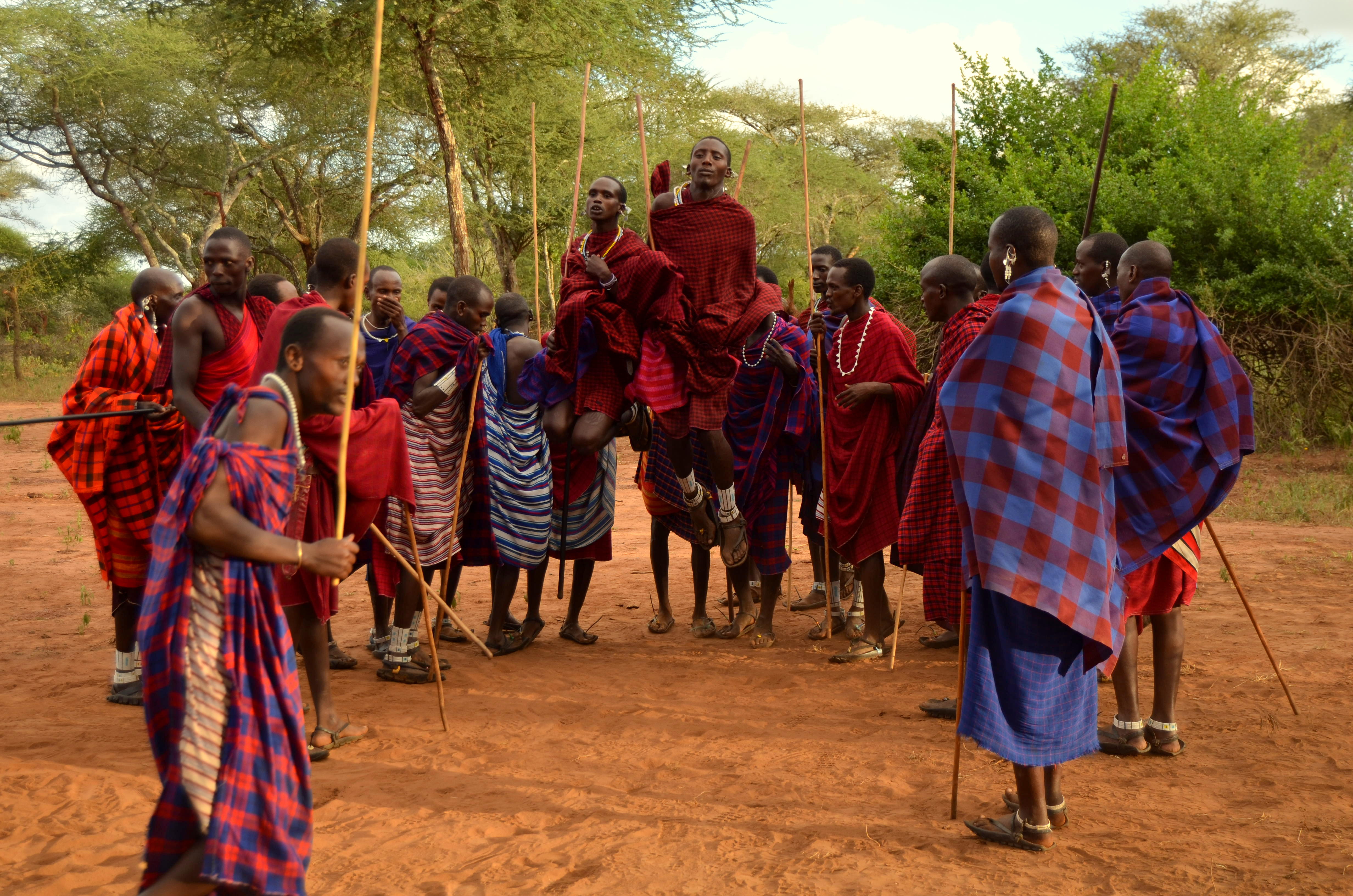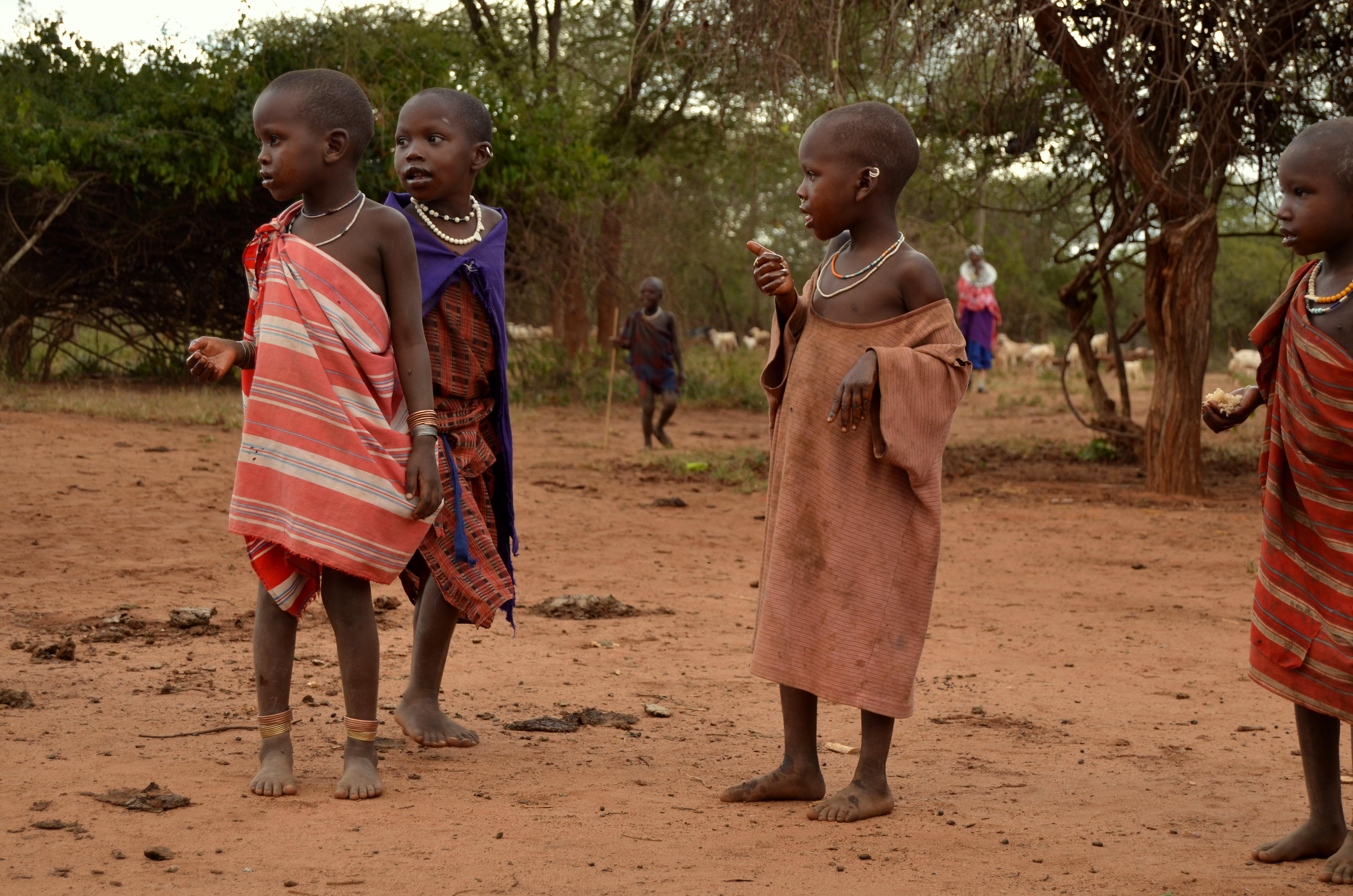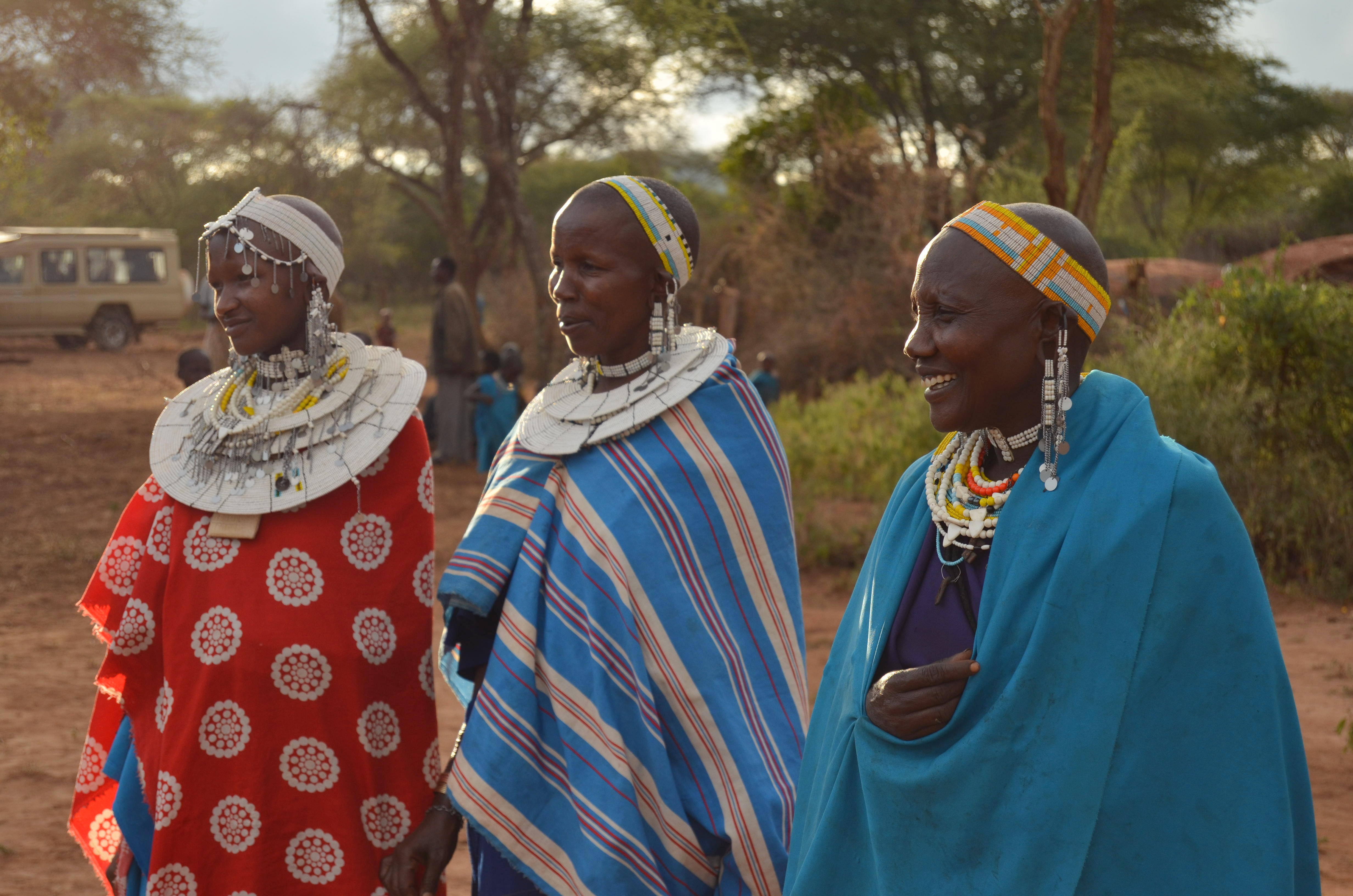Sitting in an off-road car, listening to the sound of cicadas and gazing at the wonders of mother nature, I could not believe my luck. Here I am, in the middle of Tanzania, breathing in the smell of wild herbs and on the way to see the ceremony after the Maasai circumcision.
The tradition that the Western world will probably never understand is however very important part of the Maasai lives. They would give it up with difficulty and the question is, if they really want to.
Bumping on the dusty path, far away from the famous Kilimanjaro and even further from Dar es Saalam, we finally arrived to the district of Kiteto, a place that does not know touristic crowds. As our safari car enters one traditional Maasai village, we see the tribe’s men along the way, grazing vast herds of cattle, dressed in the well-known red robes. But there is no mooing cattle welcoming us in the village, actually no one pays attention to the newly arrived in the beginning.
We are watching the Maasai women, dressed in colourful clothes, with beautiful jewellery around their necks, performing the tribal dance and singing and clapping their hands along. Scantily clad children are running around them and just few meters away are the men of the tribe, gathered in a circle and about to show the famous Maasai jumps. Just seconds later, they jump so high they could make the best athletes of the world feel ashamed. The teenage girls are decorated even much more than their mothers. Wedding time? No, the traditional ceremony after circumcision is about to start.
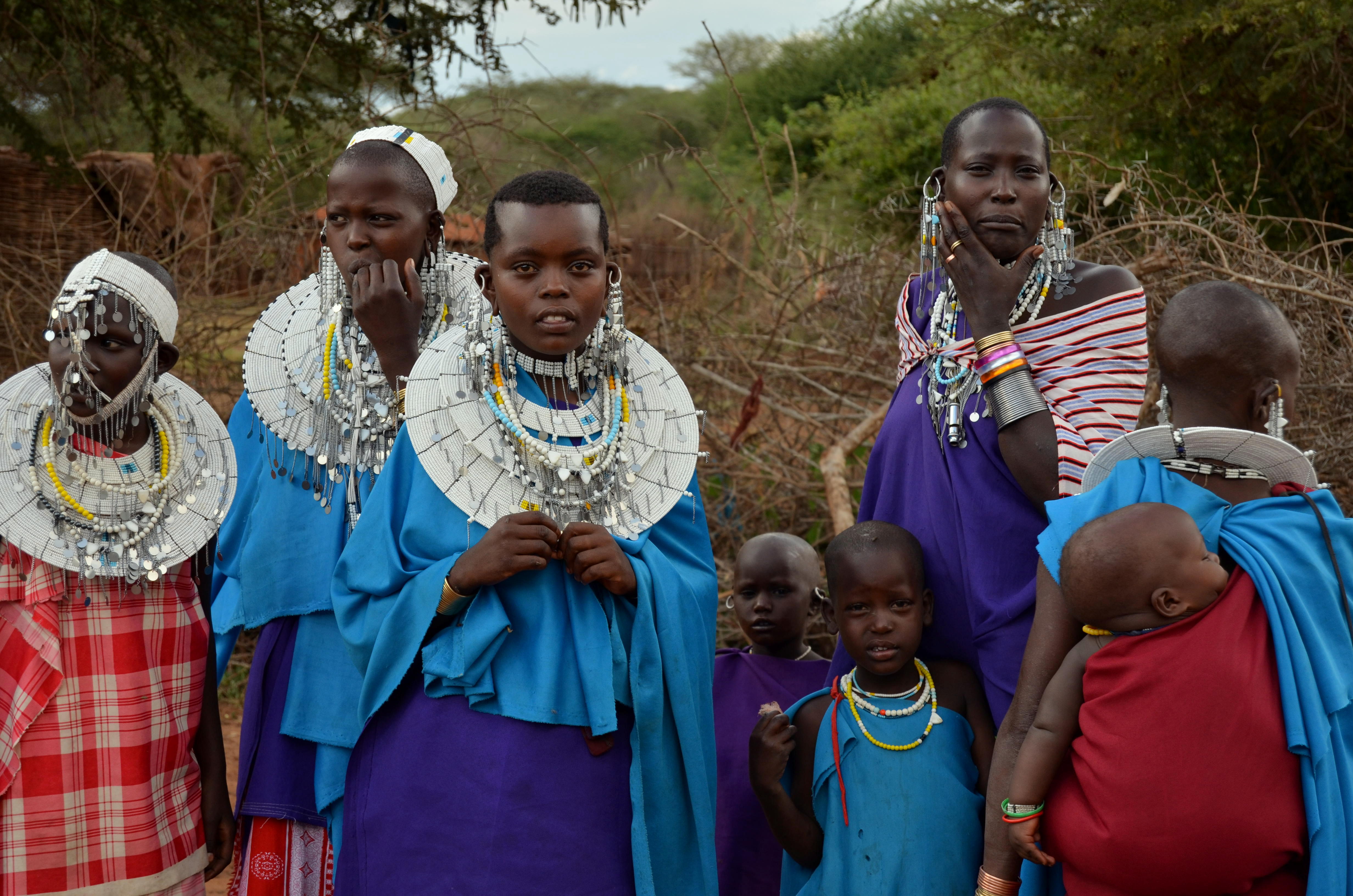
“We don’t really have a big celebration for the wedding, the circumcision is more important,” one of the women explains, as soon as she is done with the dance. We are talking about the both genders, male and female circumcision. While the male circumcision is widely accepted procedure especially due to the hygienic reasons, the female genital mutilation, as is the official medical term, raises controversy around the world. But for Maasai it is a critical step towards the adulthood.
“Maasi girl has only one goal in her life, get married and become a mother. Therefore she has to be circumcised first. If she does not undergo the circumcision, no one will marry her and she will be excluded from the community,” Paulo Tunyon from a local organization explains.
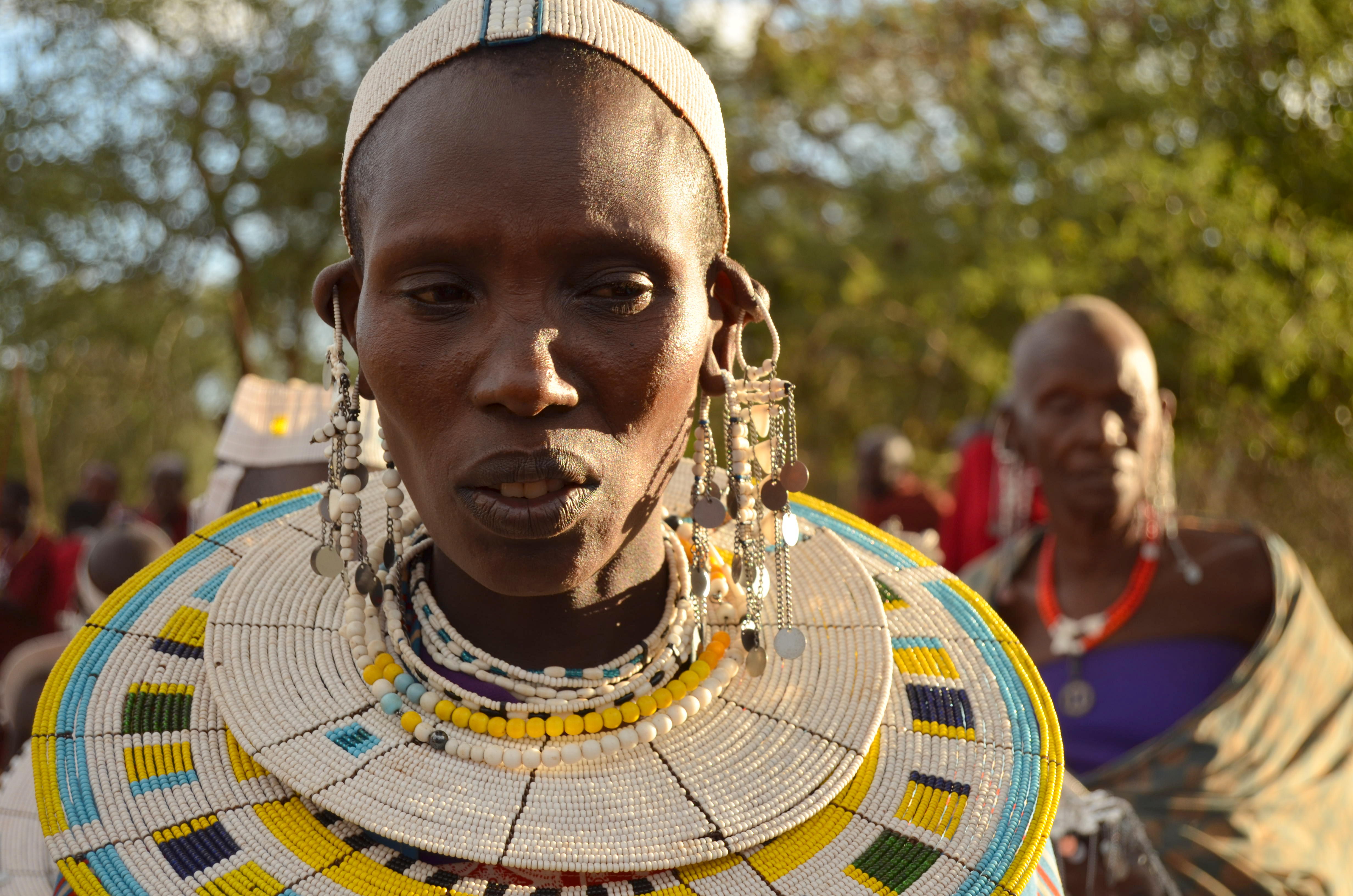
Female genital mutilation (FGM), also known as female genital cutting and female circumcision, is the ritual removal of some or all of the external female genitalia. “Maasai girl is considered adult only after the circumcision,” Paulo Tunyon continues. One of the reasons of the FGM is also the control of the women sexuality. The Maasai people believe that circumcision reduces the sexual desire and the woman thus will not be unfaithful. As soon as the girls are circumcised, they can get married. The wedding is usually from the age of 12 to 15. However there is no special ceremony for the marriage. “The day before the wedding, the girl’s family kills a sheep and puts its grease into a special sausage. The girl gets the sausage when she is leaving with her husband and his mother,” one of the Maasai woman explains. Her future husband has to pay for the girl with 7 to 15 pieces of cattle.
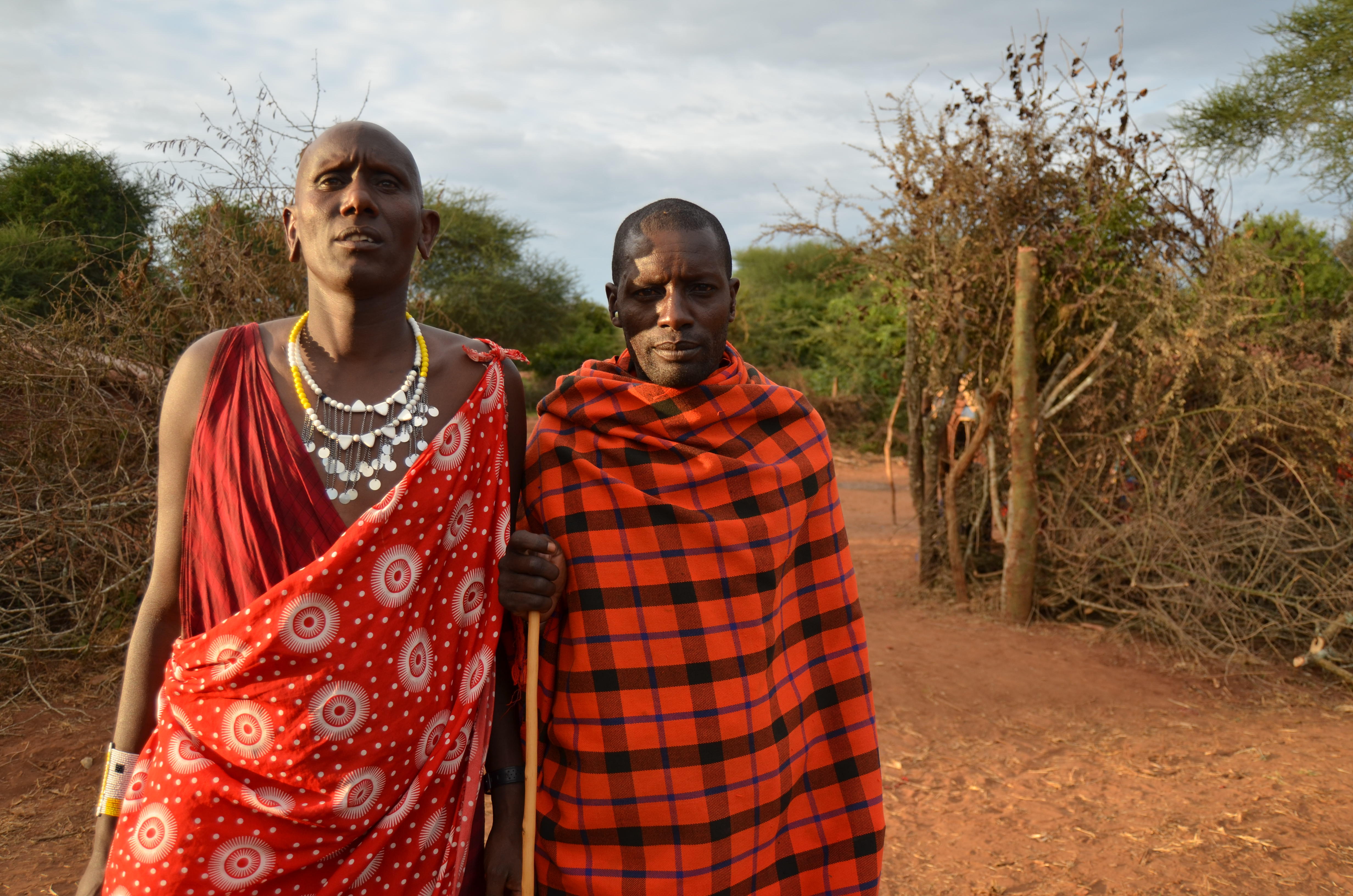
We are still at the ceremony, listening to the throat chant performed by the Maasai men, accompanied by the sound of rattling jewellery at women’s necks. The ceremony lasts all day, with the circumcised children resting in one of the round huts. Some of the Maasai people created a circle around the huts to bring the children inside speedy recovery. However they will be perfectly fine after about 3 months.
